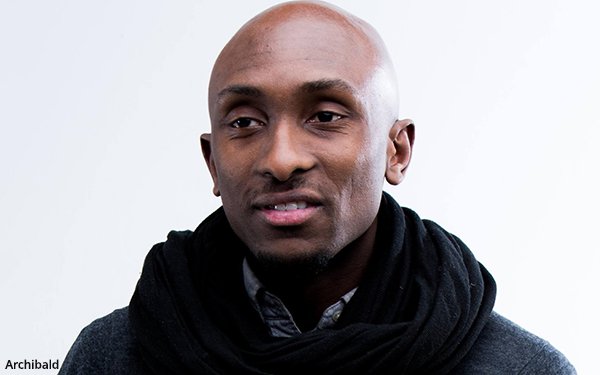
We The Roses’
Co-Founder writes “Influencer marketing is no longer a weekend fling. It’s the one you bring home to your parents. Brands are waking up to the fact that quick-hit campaigns don’t
build equity.”
Influencer marketing is no longer a weekend fling. It’s the one you bring home to your parents. Brands are finally waking up to the fact that
quick-hit campaigns don’t build real equity. The shift is clear: instead of one-off influencer activations, we’re seeing $1.5 to $2 million creator agency of record partnerships becoming
the new standard, because creator marketing isn’t just execution. It’s infrastructure.
Zola’s CMO Brianna Severson said they’re “doubling
down on creators.” L’Oréal’s global media director now positions creator content as essential for brand building at the top of the funnel. At Cannes Lions, creators
weren’t an afterthought, they were embedded across strategy, creative, and media. And with Publicis Groupe estimating the U.S. creator economy at $30 billion, this is no longer experimental
territory.
advertisement
advertisement
When I led creator strategy at Google Arts & Culture through my agency, We The Roses, we launched over 300 creators across multiple regions. We saw
firsthand how easy it is to chase momentum, from visibility to reach to even engagement. As with most brands, there was always a struggle balancing resources with consistency. The unlock came when we
stopped thinking in campaigns and started building creator ecosystems. That’s where the cultural relevance and brand love started to stick.
Here are three ways to
start building that infrastructure:
1. Build Creator Pods
Support a community of creators who actually know your brand and evolve with
it. Home Improvement retailer Lowe’s is doing this with 17,000+ creators in the DIY space. Not only does this drive audience alignment in scale, it gives you content rooted in trust and depth,
not just visibility.
2. Think Multi-Touch, Multi-Platform
Three strong creator touchpoints consistently outperform single campaign
drops. Scotch & Soda worked with creator pods across Instagram, YouTube, TikTok, and Linkedin, using varied formats from styling reels, to behind-the-scenes content. The result? Over
45 percent lift in engagement for in-purchase intent compared to isolated one-off influencer posts. The key was frequency and format diversity, not just reach.
3.
Measure What Matters and Build for It
Impressions and engagement are table stakes. The best brands are building backend infrastructure to track ROI in real time.
Tools like The Cirqle, and HypeAuditor can connect Shopify or WooCommerce to see revenue, CPA, and ROAS per creator. This means you’re not just betting on vibes, you’re making
data-backed decisions about which creators move product, shift perception, and deliver long-term value. Even more importantly, sharing this data with creators helps them optimize their approach, too.
The smartest brands treat their top creators like internal teams, not just vendors.
Back when I worked at Sony and other music labels, we started partnering with
independent music & culture bloggers to support album releases. At first, they were an afterthought. Over time, we realized they had more trust and conversion with the audience than we did. When
we brought them in earlier, it changed everything. They helped shape rollouts, spark new energy, and became stars in their own right. Seeing Kai Cenat in the studio with Drake feels normal now. The
same evolution is happening in brand marketing. Creators aren’t just here to deliver content, they’re part of the culture you're trying to enter.
This
isn’t about a campaign. It’s about commitment. The brands that win today are the ones building real relationships with creators, before the brief, during execution, and long after the post
goes live. If you’re serious about reaching new audiences, it’s time to stop dating around and start building something that lasts.
If you’re interested
in submitting content for future editions, please reach out to our Managing Editor, Barbie Romero at Barbie@MediaPost.com.